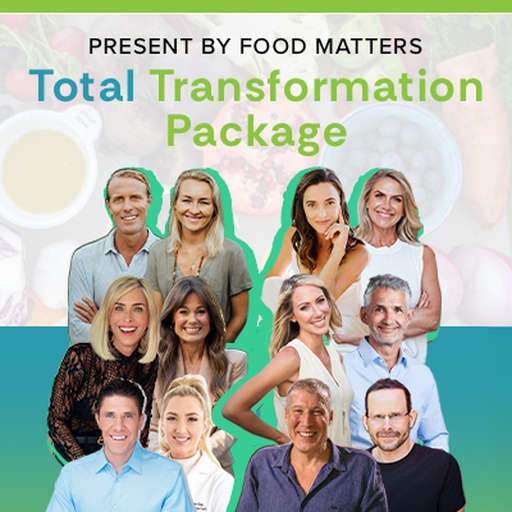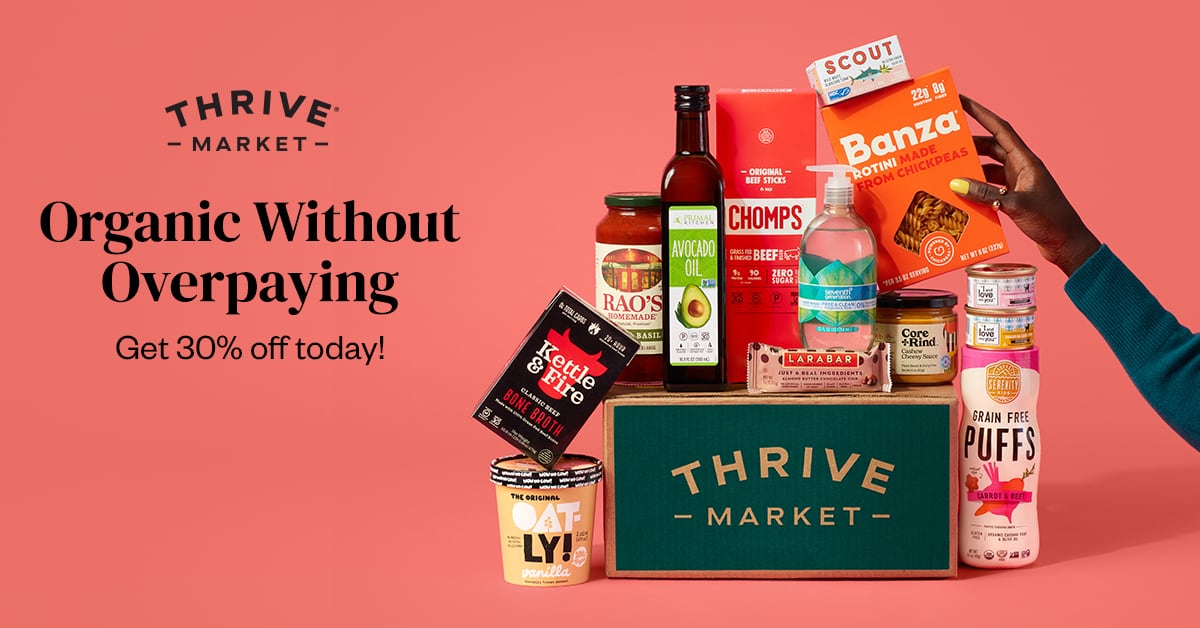The Truth About Eggs
The number of different buzzwords on egg cartons are ever increasing! While we are led to believe that certain labels offer an improved level of standards for the treatment of the hens, the truth is, there’s not much difference at all!
According to The Humane Society, “the truth is that the majority of egg labels have little relevance to animal welfare or, if they do, they have no official standards or any mechanism to enforce them.”
If you’re confused about the best choice for your health and the welfare of the hens involved, let us clear the air and explain exactly what those terms mean.
Labels to know
Cage-Free:
- Uncaged, inside barns
- Generally no access to outdoors
- Can engage in many of their natural behaviors such as walking, nesting, and spreading their wings
- Beak cutting and forced molting through starvation are permitted
Free-Range:
- Uncaged inside barns
- Have some access to outdoors, but there are no restrictions regarding what they can be fed, and no requirements for the amount, duration or quality of outdoor access.
- Because they are not caged, they can engage in many natural behaviors such as nesting and foraging.
- Beak cutting and forced molting through starvation are permitted.
Pasture-Raised:
- Pasture-raised hens are kept outdoors for most of the year, on a spacious pasture covered with living plants, and are kept indoors at night for protection.
- However, because there is no regulation of the term, there are no restrictions regarding what the birds can be fed and no requirements for the amount of time spent on the pasture, the amount of space per bird, or the quality of the pasture.
- Beak cutting and forced molting through starvation are permitted.
While the USDA has defined the meaning of "free-range" for some poultry products, there are no government-regulated standards in "free-range" or “pasture-raised” egg production required to make the claim. For all of the above terms, there is also no mandatory third-party auditing. So whether or not the standards are followed depends on each individual farm and their standards.
Is Certified Organic any better?
They’re better than regular caged eggs, but have a long way to go for us to consider them humanely produced!
Birds producing Certified Organic eggs have the same standards as Free-Range, with the only differences being that they are fed an organic, all-vegetarian diet free of antibiotics and pesticides, as required by the U.S. Department of Agriculture's National Organic Program, and compliance is verified through third-party auditing.
Unfortunately, even third-party certification doesn’t mean the hens are treated well. For example, the majority of the egg industry complies with the United Egg Producers Certification, yet it still permits cruel and inhumane factory farm practices such as the space per bird being less than a sheet of paper, battery cages, kept indoors at all times, and only little consideration for perching and nesting requirements when the eggs are ‘cage-free’.
How can you be sure your eggs came from a healthy, happy hen?
Faced with these essentially meaningless labels, it's easy to feel disheartened about eating eggs. But there are some ways to make sure you're choosing the most nourishing, healthy and happy eggs for your family!
1. Source from local farms
If possible, source your eggs from local, ethical farmers with plenty of space for the hens to roam and thrive! Quiz your local farmer on their practices and even ask if you can visit the hens! That way you know exactly how they are treated, and you'll be able to see and taste the difference in the quality of the eggs!
2. Source from Animal Welfare Approved Farms
Not all third party certification is meaningless. If your eggs come from an Animal Welfare Approved farm, they're the most humanely treated commercial eggs available. They have the highest animal welfare standards of any third-party auditing program. However they only cover flocks of fewer than 500 birds. So you won't find them on big name brands.
Animal Welfare Approved means:
- The birds are cage-free with at least 1.8 square feet (259 square inches) of floor space provided per bird, and they must be able to perform natural behaviors such as nesting, perching and dust-bathing.
- Hens must also be provided continuous access to an outdoor area for ranging and foraging. This outdoor area must be covered with growing vegetation and must provide at least 4 square feet (576 square inches) per bird.
- There are requirements for stocking density, perching and nesting boxes.
- Forced molting through starvation and beak cutting are prohibited, as is feed containing meat or animal byproducts.
Or if you'd prefer not to eat eggs at all, we've got some fantastic egg substitutes for you here!
Unfortunately Australian egg production is quite similar to the US with no legally enforceable definitions for the different labels. To find out more about Australian eggs click here.
It can be overwhelming to find out what occurs in these types of factories, but only through learning are we able to make better choices and know that we're putting the right eggs in our shopping basket!











